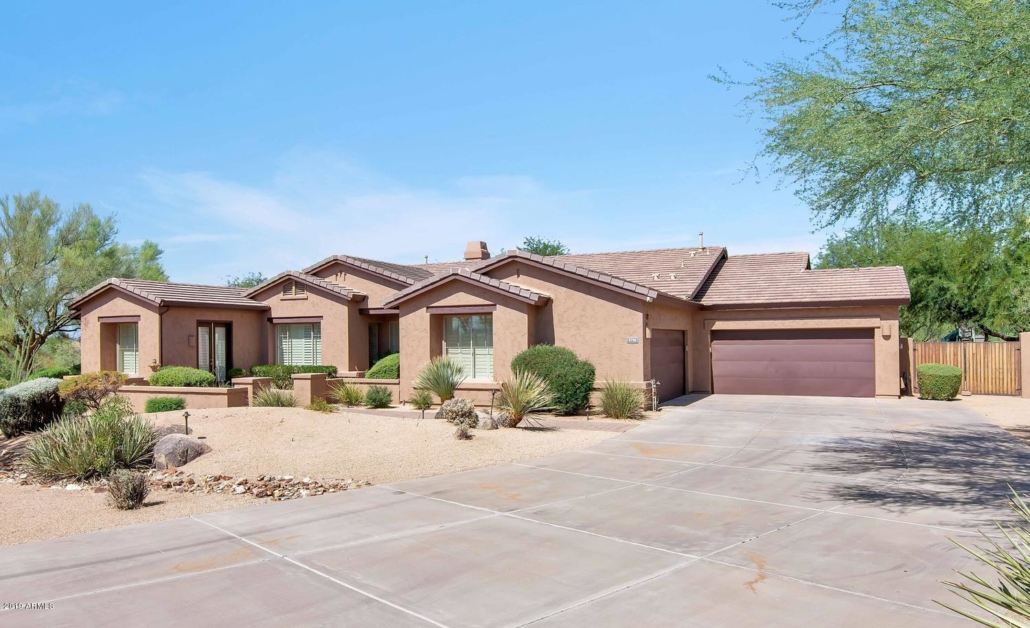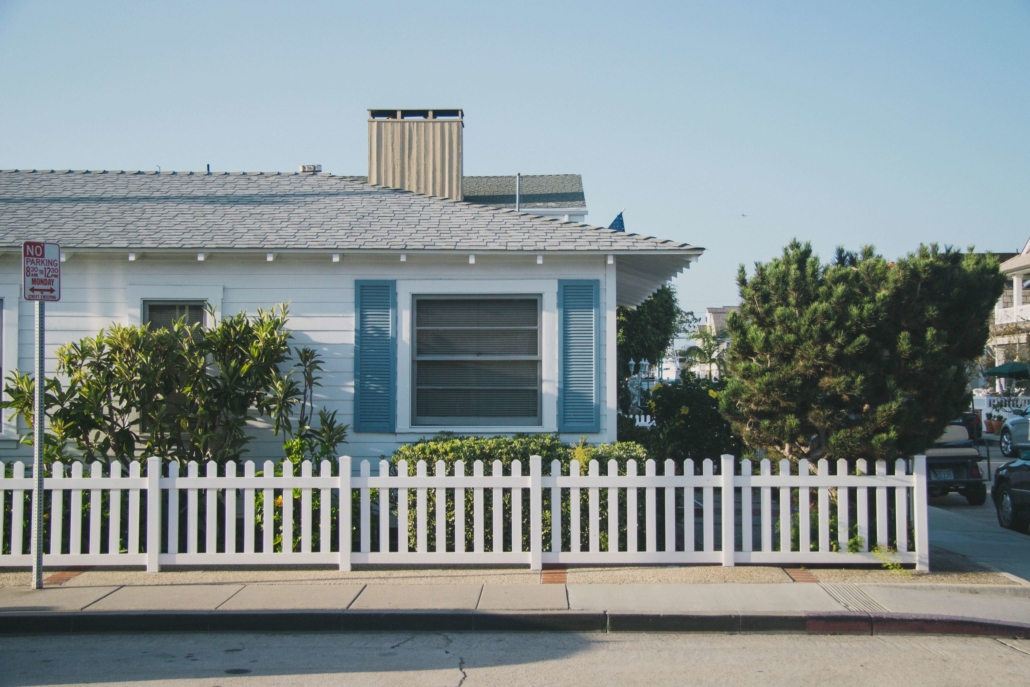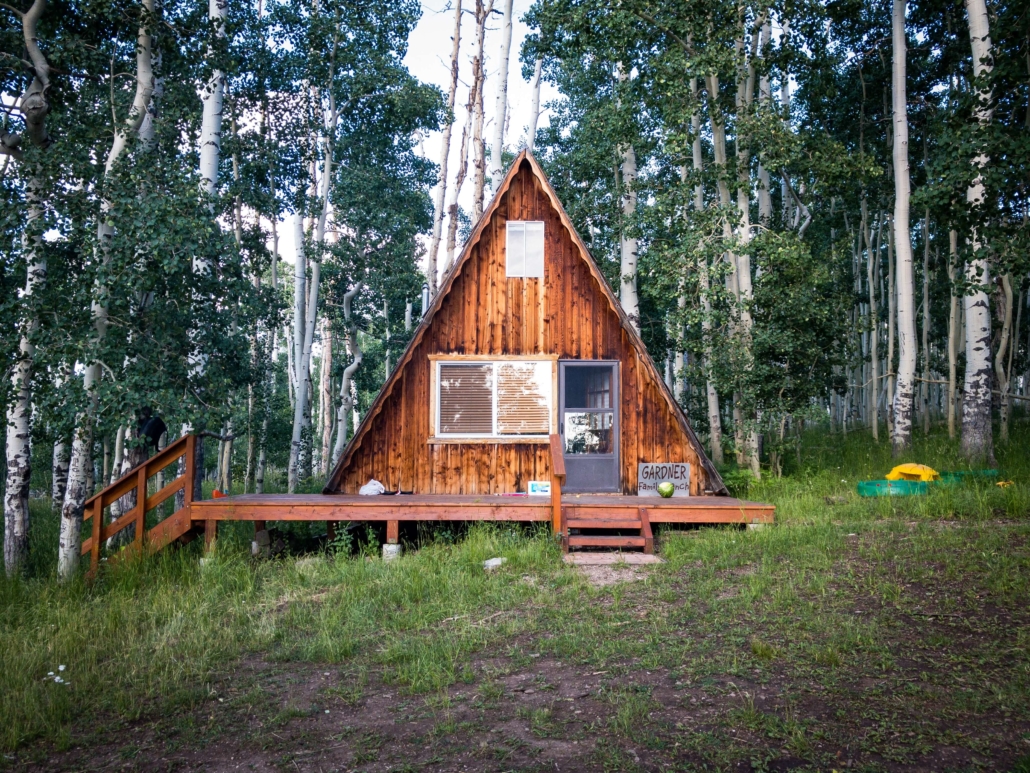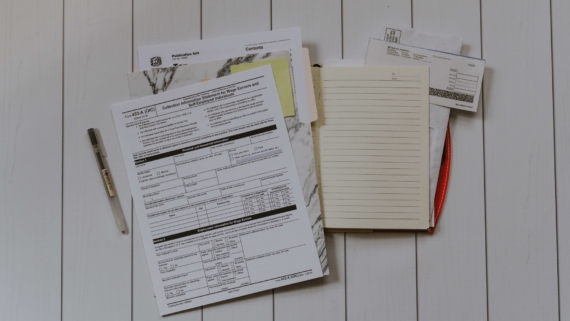What Is a Non-Recourse Loan?
Owning a rental property can be a great investment and added source of income. A non-recourse loan is a specific type of loan that’s used to finance a rental property. With a non-recourse loan and rental property in mind, you could be well on your way to building your financial portfolio.
What’s the difference between a recourse and non-recourse loan?
If you fail to pay your mortgage and have a recourse loan, the lender will take your property and you’ll still have to pay the difference on your loan.
A non-recourse loan is a safer option for borrowers. In the event you can’t pay your mortgage, the lender will still take your property but you won’t pay what’s left on the loan.
How does a non-recourse loan work?
Non-recourse loans are unique in that they work with self-directed IRAs or Solo 401ks (individual retirement accounts). In order to qualify for a non-recourse loan, you have to have enough in your IRA to put down at least 40 percent of the property down, plus reserves.
What can a non-recourse loan be used for?

Non-recourse loans can be used to purchase the following types of property:
- Residential: We’ll list the specifics of residential properties that qualify below.
- Agricultural: You can buy agricultural land and lease it out, generally for crops or livestock.
- Commercial: From commercial office buildings to smaller spaces that will be used as businesses, a non-recourse loan can finance this endeavor.
- Multi-Unit: Apartment buildings or houses that have multiple units available also qualify.
It should be noted that a non-recourse loan can not be used towards renovation. If you see a fixer upper you like, know that this type of loan will not finance that project.
Residential Qualifications

There are some very specific guidelines to whether a home qualifies for a non-recourse loan or not. While this may vary slightly from lender to lender, this serves as a good rule of thumb:
Year
Houses need to be built after 1940. If you find a great pre-1940s home with a solid foundation and little need for renovation, you may still qualify.
Location
The property needs to be in the US (Hawaii and Alaska included). International properties don’t qualify.
Price
Houses need to be at least $70,000.
Residence
You cannot live in this property, nor let anyone in your family or friends live there. You have to use it as an investment/rental property. It cannot be your primary residence.
Roof
A single unit in an apartment likely won’t work, because houses only qualify for a non-recourse if they have their own roof. Terraced (row) homes or any type of residence where you aren’t responsible for your roof won’t work.
What kind of rental property can I turn the house into?

The property can become a regular rental, such as for long-term tenants, or a vacation rental! Choosing the right avenue for renting should be based on the property’s location and the area’s needs. For example, a house near a college town is a great rental property for students; a cottage in the mountains would be better as a vacation rental.
Are there any other financial qualifications?
Yes, though these will vary by lender. You will need:
- A good credit score (aim for at least 700, preferably higher)
- Proof of your self-directed IRA and a letter from your IRA account holder
- Income/expense statements, generally from the past two years
- A solid DSCR (debt service coverage ratio — it indicates how likely you are to profit from this investment), usually about 1.25
Again, these requirements aren’t the same for every lender, but they serve as a general idea.
Whether you’re breaking into the real estate investment world for the first time or are a seasoned vet, look through RealtyHive’s database to find your perfect property. From owning homes to owning rental properties, our time-limited events can help you find what you’re looking for.

